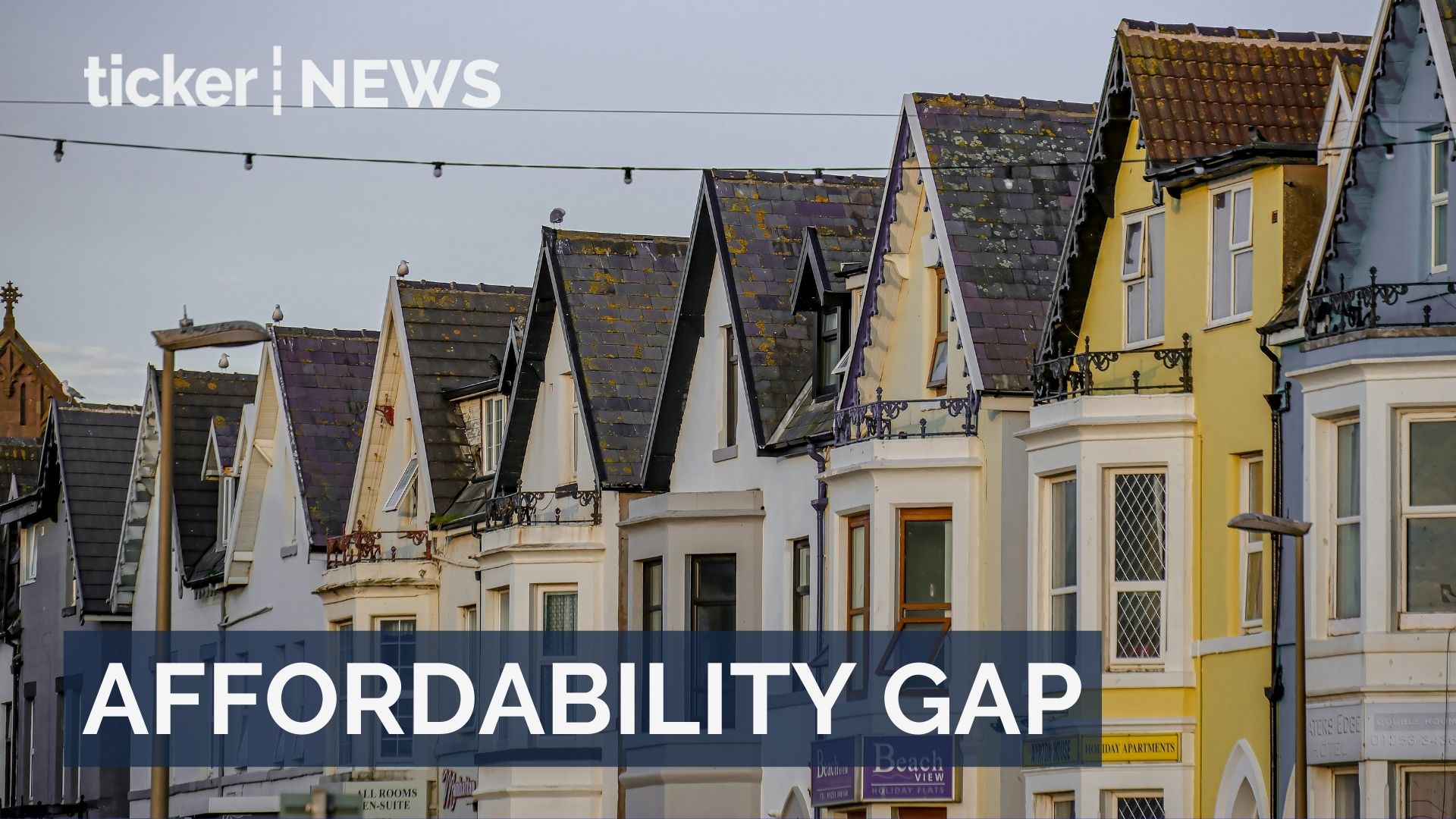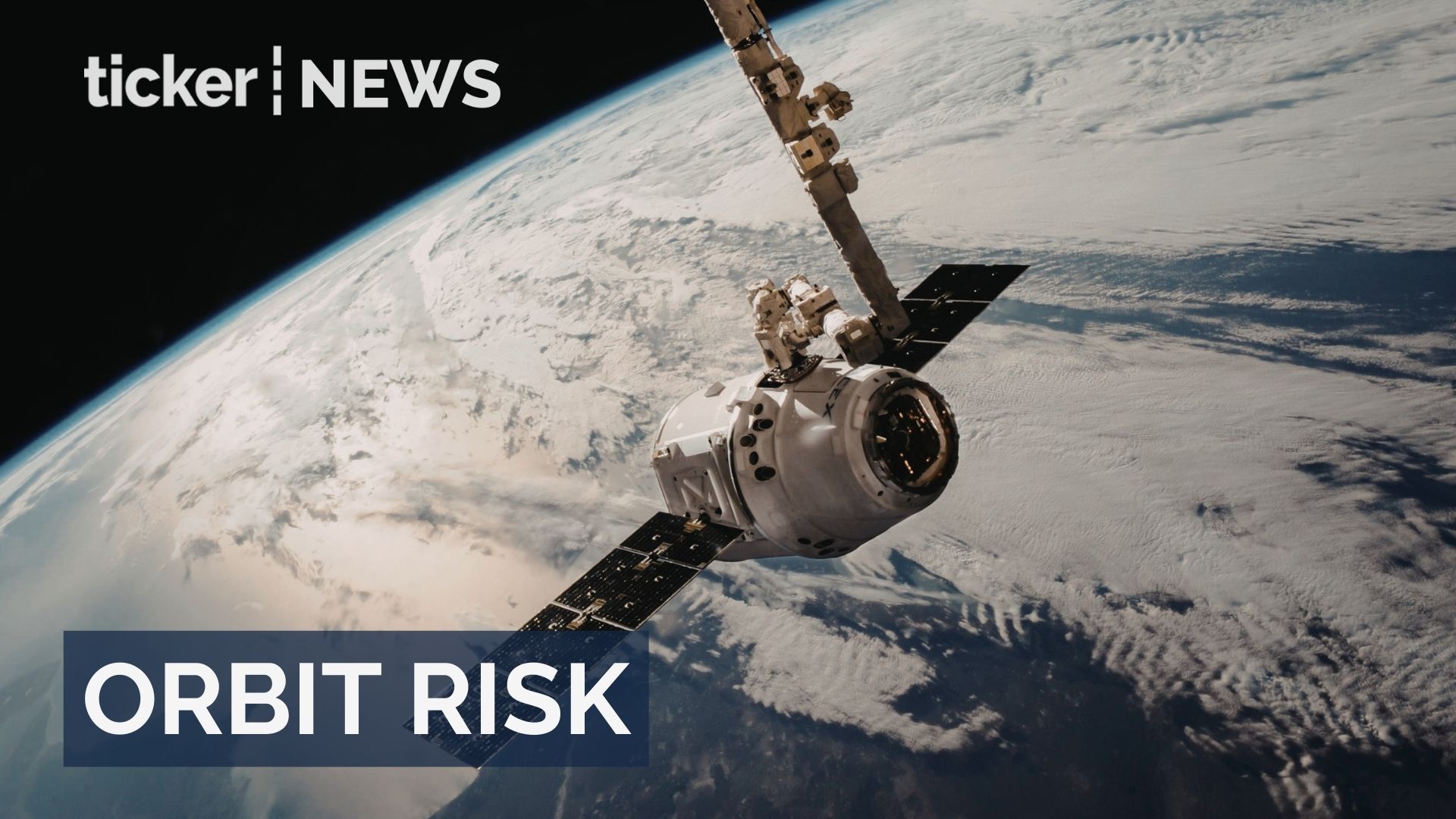Denis Muller, The University of Melbourne
Two long-running television current affairs programs are coming to an end at the same time, driving home the fact that no matter what the format, they have a shelf life.
The Project on Channel 10 will end this month after 16 years, and after 18 years on the ABC, Q+A will not return from its current hiatus.
Each was innovative in very different ways.
Q+A was designed specifically to generate public participation. Its format of five panellists, a host and a studio audience of up to 1,000 was a daring experiment, because the audience was invited to ask questions that were not vetted in advance.
This live-to-air approach gave it an edgy atmosphere not often achieved on television. From time to time, the edginess was real.
In 2022, an audience member made a statement supporting Vladimir Putin’s invasion of Ukraine and repeated Russian propaganda to the effect that Ukraine’s Azov battalion was a Nazi group that had killed an estimated 13,000 people in the Donbas region.
After a brief discussion of these allegations, the host Stan Grant asked the man to leave, saying other audience members had been talking about family members who were dying in the war, and he could not countenance the advocating of violence.
In 2017 the Sudanese-Australian writer Yassmin Abdel-Magied was involved in a fiery exchange with Senator Jacqui Lambie over sharia law.
They had been asked by an audience member if it was time to define new rules surrounding migration to avoid community conflict, to which Lambie replied: “Anyone that supports sharia law should be deported.”
Abdel-Magied questioned if Lambie even knew what that meant, before getting into a heated defence of feminism and Islam.
In 2024, an audience member listening to politicians on the panel debate family violence could not contain his frustration, calling out:
How dare you go into politics, in an environment like this, when one woman is murdered every four days, and all you […] can do is immediately talk about politics? That is just disgraceful.
His outburst went viral.
He had put his finger on what was an increasing problem with the program. It became hostage to fixed political positions among those of its panellists drawn from party politics.
As a result, it became predictable, and although the surprise element supplied by audience participation remained a strength, the panellists’ responses increasingly became echoes of their parties’ policies.
While the objective no doubt was to achieve a range of perspectives, it began to look like stage-managed political controversy.
This is not to criticise the established presenters – Tony Jones, who fronted the program for 11 years, Stan Grant and most recently Patricia Karvelas, all gifted journalists who adroitly managed the time bombs occasionally set off in their midst.
Unfortunately, especially for Grant, the program was a lightning rod for attacks on the ABC by The Australian newspaper. ABC management’s abandonment of him, after a particularly vicious attack in 2023 over his commentary during coverage of the king’s coronation, was disgraceful.
Resigning from the program, Grant said: “Since the king’s coronation, I have seen people in the media lie and distort my words. They have tried to depict me as hate filled. They have accused me of maligning Australia. Nothing could be further from the truth.”
The ABC is promising to continue with audience-participation programming along the lines of Your Say, a kind of online questionnaire which the ABC says was successfully tried during the 2025 federal election.
How such a format would translate to television is not clear.
Meanwhile at Ten, there is promise of a new current affairs program, but details are scant.
The Project will be a hard act to follow. It promised “news done differently” – and it delivered. News stories were given context and a touch of humanity by a combination of humour, accidents, slips of the tongue and the intellectual firepower of Waleed Aly.
Aly is a Sunni Muslim, and his “ISIL is weak” speech in 2015 spoke directly and passionately to the fears of the public at the peak of one of the many panics over terrorism.
Inevitably, much of the attention in the wake of the announced closure has been on the celebrated gaffes of long-time presenter Carrie Bickmore, a little rich to be reproduced in a sober article such as this, but findable here.
It may not be an auspicious time for launching a new current affairs program at Ten. Its ultimate parent company, Paramount, in the United States, is in the process of negotiating a settlement with US President Donald Trump over a trumped-up court case in which the president is suing the company for US$20 billion (A$30.7 billion).
He says an interview done by another Paramount company, CBS News, with the Democrats’ former presidential nominee Kamala Harris during the election campaign was “deceptively edited”.
This is said to have no prospect of succeeding in court, but Paramount wishes to merge with Skydance Media and fears the Trump administration would block it if the company doesn’t come across. The Wall Street Journal is reporting it is proposing to settle for $15 million.
Senior editorial staff at CBS have already resigned in protest at Paramount’s cowardice, so what price editorial independence at Ten?
Denis Muller, Senior Research Fellow, Centre for Advancing Journalism, The University of Melbourne
This article is republished from The Conversation under a Creative Commons license. Read the original article.























